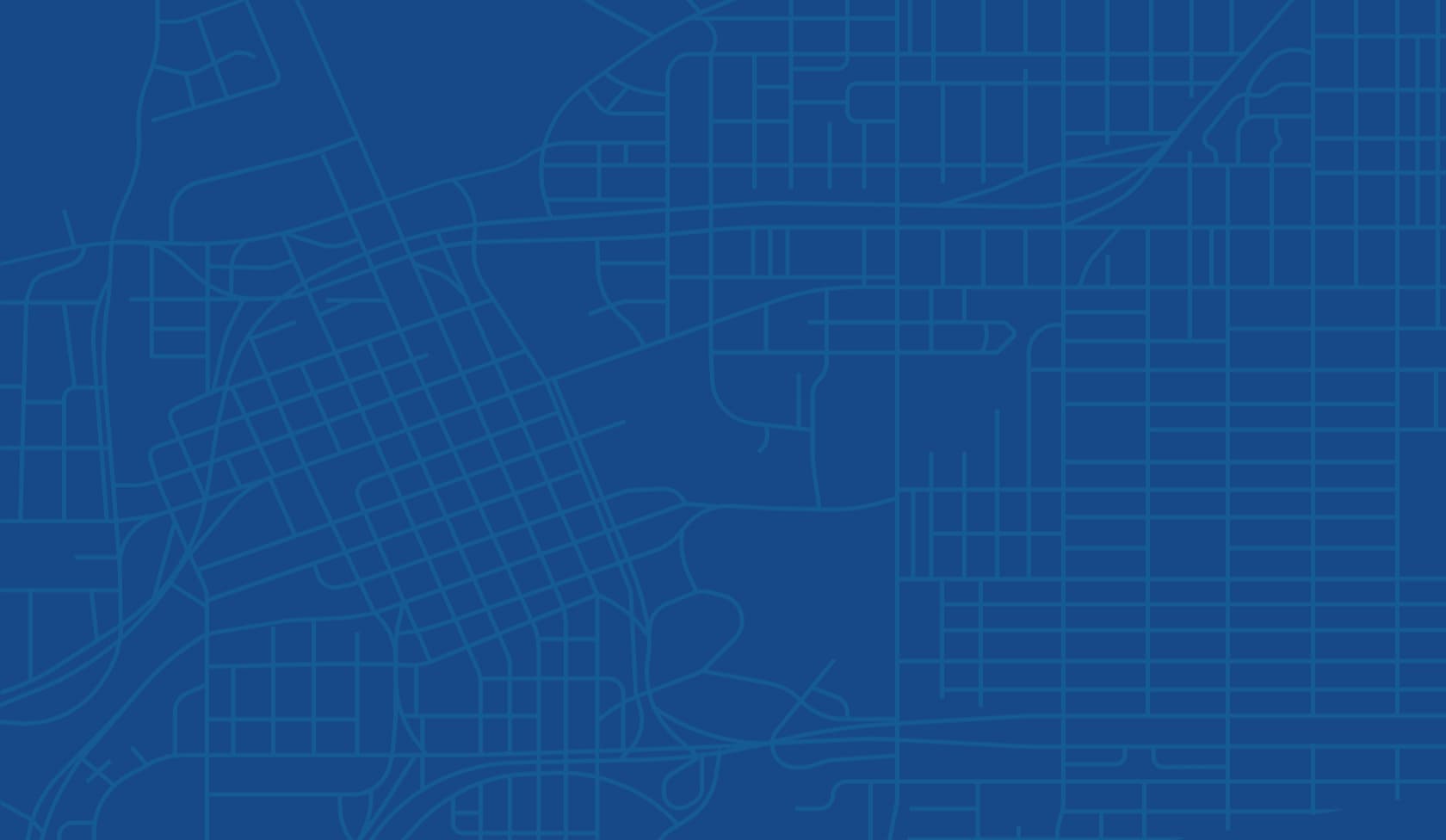The American housing market has witnessed a perplexing surge, turning the dream of home ownership and affordable rentals into an elusive aspiration for many. The escalation of housing costs is attributed to the mismatch of soaring demand against a constrained supply.
In the Sunshine State, there was an instance where a single property attracted over 50 offers in a single week, a ten-fold jump from the usual. Even full-cash offers exceeding the list price were often outbid, reflecting the fierce competition for home ownership. The market dynamics have transformed nationwide. In 2020, the average US home value was around $230,000, which has escalated to over $330,000 within a span of few years.
This spike in housing costs is not exclusive to home buyers; it also torments renters. A significant number of people are now burdened by rent prices, which consume more than 30% of their income. As of 2022, median home prices and rents reached historic highs in America. While this benefits current homeowners who see their property values soar, it leaves many grappling with the rising cost of living and dwindling prospects of home ownership or affordable rental.
Historically, a house cost about 2.6 times the median income – a ratio often cited as a measure of affordability. The formula would imply that a household with an income of $100,000 could afford a $260,000 home. However, the housing market has deviated from this simple metric due to the increasing demand for homes and the shrinking inventory.
Several factors are contributing to this imbalance. The millennial generation, entering the housing market after years of delay, is driving up demand. The proportion of properties bought by investors has doubled over the past decade, further intensifying the competition.
The pandemic led to record-low mortgage interest rates, spurring sales. However, the current high rates are discouraging sellers from entering the market, leading to a nosedive in inventory. Simultaneously, baby boomers are choosing to age in their existing homes rather than moving into senior living facilities. Despite the swelling demand, new home construction lags behind. There was a shortage of about 2.3 million homes by the end of 2022, a significant increase from a decade ago.
This market scenario benefits current homeowners, who are amassing substantial equity. However, it has also locked
and the increasing burden of housing costs. In 2021, households earning less than $30,000 had little leftover after paying for rent and utilities, a stark decrease from two decades ago.
The fallout from these unaffordable housing costs is evident. From 2020 to 2022, there was a 3.4% increase in unsheltered individuals and a 16% surge in chronic homelessness. However, the political discourse often overlooks the issue, focusing more on the rising costs of gas and groceries, leaving the housing crisis under-addressed.
Home ownership has long been an emblem of the quintessential American success story and a reliable avenue for wealth building. However, the expectation that home values should increase at about 6% a year has now created a housing landscape that favors existing homeowners and blocks potential affordable housing projects.
Even though home prices are skyrocketing, certain demographics can still pursue the dream of home ownership. Families with substantial home equity can aid their millennial and Gen Z offspring with down payments. The rising tide of housing prices is thus perpetuating wealth inequality, favoring those who already have a footing in the market.
The desire to increase home ownership and build generational wealth led to the creation of the Federal Housing Administration in the 1930s. As a result, home ownership rates increased from about 50% to nearly 70% today. However, these efforts systematically excluded non-white Americans, specifically Black Americans, from securing home loans and desirable neighborhoods. Today, the gap in home ownership is widening, creating an alarming wealth gap that's expected to grow even more by 2040.
The escalating housing prices are pushing the prospect of home ownership further away for renters, especially those without family wealth to assist with a down payment. During the pandemic, the federal government passed several measures to aid renters, including $46bn for rental assistance, an eviction moratorium, and an expanded child tax credit. These efforts provided a temporary lifeline for millions of Americans.
However, these safety net programs have been rolled back with little political will to reinstate them. Thus, the American dream of home ownership, once a beacon of prosperity and stability, is now hanging in the balance for many. The escalating housing prices, while beneficial for a segment of society, are creating a chasm of wealth inequality and making affordable housing an elusive dream for many. A comprehensive and inclusive approach to housing policy is essential to ensure the dream of home ownership remains within reach for all Americans.


